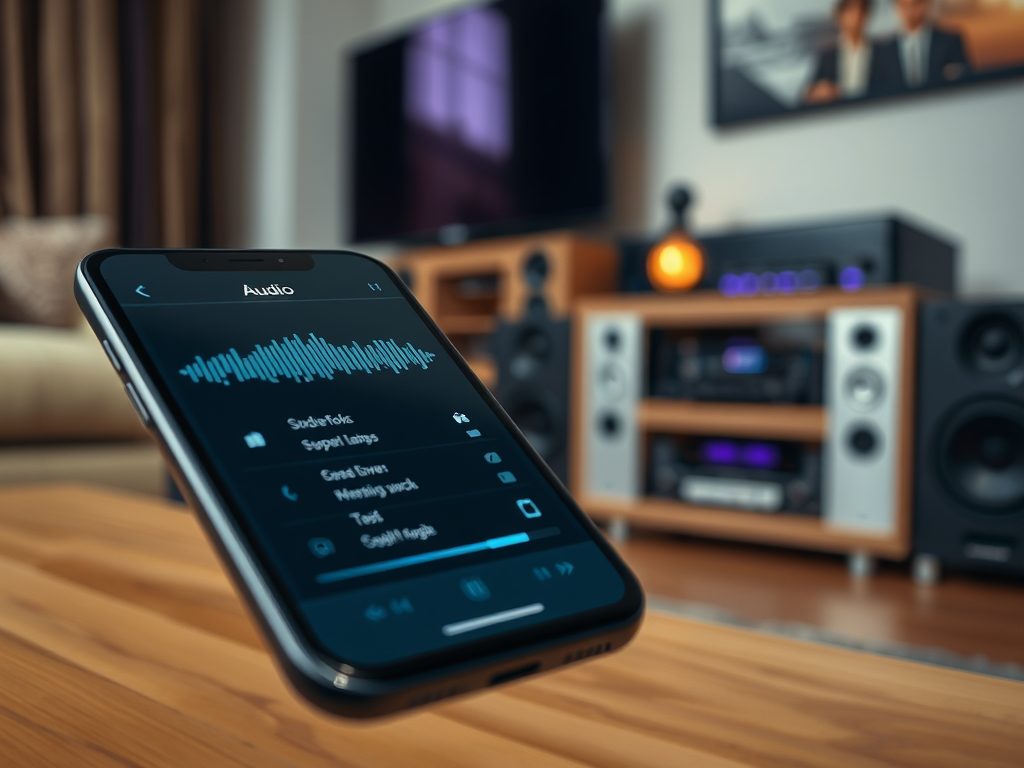The advent of 5G technology is transforming the landscape of connectivity in India. However, before you can enjoy these faster speeds, it’s crucial to ascertain whether your phone and area support the necessary 5G bands. This guide will walk you through checking the 5G bands compatibility for your device and locality, ensuring you’re ready to make the most of this cutting-edge technology.
Understanding 5G Bands in India

5G bands are frequency ranges on which the 5G network operates, and different regions may support different bands. In India, the primary 5G bands include n78, n77, n79, n41, and n28. Each of these bands serves various purposes, such as providing extensive coverage or delivering high-speed data. Knowing these bands is essential because not all 5G devices support all 5G bands. This could impact the performance and availability of 5G services on your device.
The Telecommunications Regulatory Authority of India (TRAI) plays a significant role in determining and managing these bands. It is their responsibility to allocate the spectrum to telecom providers, such as Reliance Jio, Airtel, and Vodafone Idea, who then develop infrastructure around it. Understanding which bands these providers support can help you choose the best service provider based on your area of residence or work.
Checking the 5G bands supported by your phone is straightforward. Most smartphones list their supported bands in the technical specifications. Here is how you can find out this information:
- Check the Manufacturer’s Website: Visit your phone manufacturer’s official website. Look for the technical specifications which usually list the 5G bands the device supports.
- Read the User Manual: If you have a physical copy or a digital version, the user manual often includes detailed information about network compatibility.
- Visit a Reliable Technology Website: Many tech websites offer detailed phone reviews and often list supported network bands.
- Use Phone Settings: Some phones allow you to see network information directly in the settings menu. Check under the cellular or network settings for more details.
By following these steps, you can easily determine which 5G bands your device can access, enabling you to make informed decisions regarding your network provider or potential phone upgrades.
Checking 5G Availability in Your Area

To experience 5G connectivity, it’s not enough for your phone to support the necessary bands; the service must also be available in your area. Here are several ways to check 5G availability around you:
- Network Provider Maps: Most telecom providers in India offer online coverage maps that show areas where 5G is available.
- Third-party Websites: Some websites track 5G rollouts and publish updated maps showing 5G hotspots.
- Network Provider Customer Support: Contacting your network provider’s customer service can offer direct information on 5G availability in your region.
- Community Forums and Social Media: Join forums or follow social media pages dedicated to technology in India to get real user experiences about 5G availability.
The Indian government is actively working to expand 5G coverage, so regular checks on availability are recommended as more regions get connected.
Steps to Switch to 5G
Once you’ve confirmed both your device and locality support 5G, switching over is generally quick and easy. Here are the steps you should follow:
- Ensure that your smartphone has 5G network capability and is updated to the latest software.
- In your phone’s settings, navigate to “Network” or “Connections.”
- Enable 5G by selecting the 5G option under “Mobile networks” or “Preferred network type.”
- You might have to restart your smartphone to activate the 5G settings successfully.
- Consider selecting a data plan that supports 5G services with your network provider, as they often have specialized offerings.
Following these steps will ensure you’re effectively using the 5G services available, allowing you to enjoy unparalleled browsing, streaming, and downloading speeds.
Conclusion
The rollout of 5G in India is an exciting development that promises to revolutionize mobile connectivity. By checking the 5G bands supported by your phone and ensuring that 5G is available in your area, you can take full advantage of this technology. Proactive steps, such as updating device settings and selecting appropriate service plans, can further enhance your 5G experience. Stay informed about new developments and make sure your technology keeps pace with this fast-evolving network standard.
Frequently Asked Questions
1. What are the primary 5G bands used in India?
India primarily uses the n78, n77, n79, n41, and n28 bands for 5G connectivity. These bands have different frequencies which serve various functions such as long-range coverage and high-speed data transmission.
2. Can I check 5G availability without contacting my network provider?
Yes, you can check online coverage maps provided by telecom companies, use third-party websites that update on 5G availability, or follow related community forums and social media for the latest updates.
3. What if my phone does not support all the 5G bands available in India?
If your phone does not support all the 5G bands, you might experience limited service or slower speeds depending on the band in use in your area. It may be worthwhile to consider upgrading your device to enhance connectivity.
4. How often should I check for 5G availability in my area?
It’s advisable to check regularly for updates, as telecom companies and the government are continuously working on expanding 5G networks, and new areas are frequently being added to the coverage map.
5. Do I need a special SIM card for 5G?
Most existing SIM cards are compatible with 5G services, but it’s recommended to confirm with your network provider as some may offer specialized SIM cards for optimal 5G performance.



